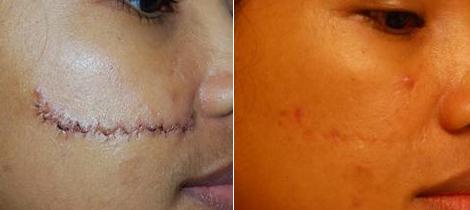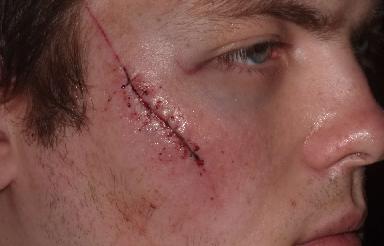Hair Transplant Scar Revision Options
Hair transplant surgery can sometimes lead to unanticipated and esthetically displeasing linear scars at the donor sites. A creative medical approach combining scar revision and/FUE Hair Transplant can mitigate the appearance of a hair transplant scar. Permanent tattooing in a small degree can also obscure the scar bringing a level of satisfaction to the patient when wearing a short hair style exposing your natural scalp.
Trichophytic Closure
This method allows hair to grow inside the scar and minimize the contrast between scar and surrounding areas of the scalp. Trichophytic closure is performed by preparing one side of the surgical wound to allow the hair follicles on the margin of the incision to produce hair that will grow through the scar. There are various ways hair restoration surgeons prepare the incision. The end result is to allow for hair to grow through the margins of the scar as healing takes place. The hair growing through the scar borders camouflages the typical straight linear appearance of a hair transplant scar. The scar is present but as in all successful scar revision it is rendered less visible.
FUE Hair Transplant Procedure
Follicular Unit Extraction (FUE) is a method of extracting individual hair follicles which leave little to no scarring at all. In revisioning a scar a hair transplant surgeon can harvest a modest number of grafts from the various areas on the back of the head in a manner that is virtually unnoticeable. Those grafts can then be transplanted into the scar area strategically. Upon healing and the regrowth process the scar is hidden more because of the hair growing from its margins. This procedure combined with Trichophytic Closure is one of the most effective ways of hair transplant scar revision.




